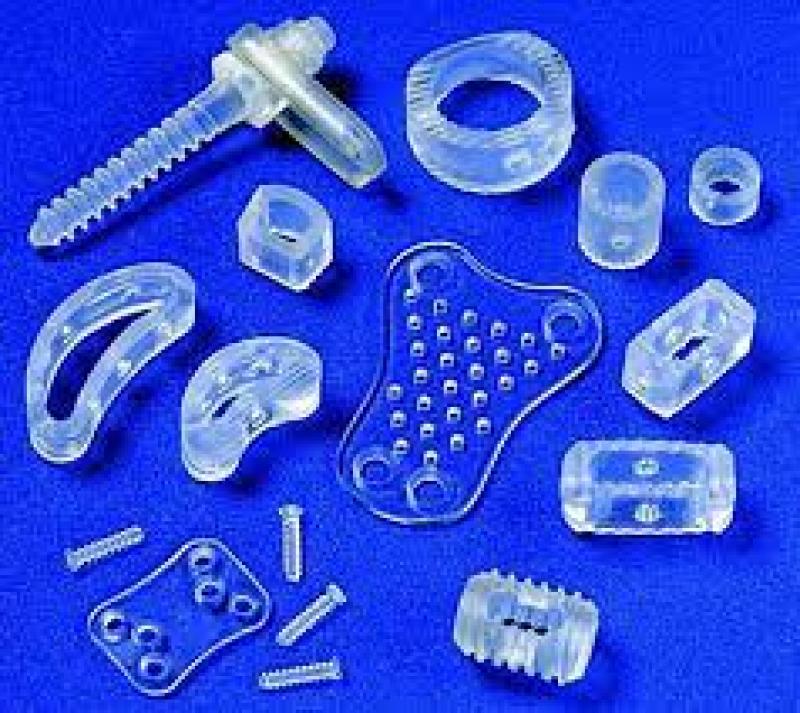Introduction:
The field of medical device technology has witnessed revolutionary changes with the advent of bioresorbable implants. These innovative implants, designed to dissolve over time within the body, have transformed the way medical practitioners approach various treatments and surgical interventions. In this article, we will explore the groundbreaking developments and benefits of bioresorbable implants, highlighting their immense potential to improve patient outcomes and redefine the future of medical care.
- Evolution of Implants:
Traditional implants, such as metal screws and plates, often require a second surgery for removal after they have served their purpose. Bioresorbable implants, on the other hand, gradually degrade over time, eliminating the need for additional surgeries and reducing the risk of complications.
- Biocompatibility:
Bioresorbable implants are made from biocompatible materials, ensuring that they are well-tolerated by the body and minimizing the risk of adverse reactions or infections.
- Accelerated Healing:
Bioresorbable implants provide mechanical support during the critical healing period and then gradually dissolve, allowing the healing process to progress naturally without interference.
- Reduced Stress Shielding:
Unlike metal implants that can cause stress shielding (a phenomenon where the implant absorbs the load, leading to bone density loss), bioresorbable implants transfer load to the healing bone, promoting better bone regeneration.
- Orthopedic Applications:
Bioresorbable implants have found extensive use in orthopedic procedures, such as fractures, ligament repairs, and spinal surgeries, where they offer effective stabilization without the need for subsequent removal surgeries.
- Cardiovascular Interventions:
In cardiovascular medicine, bioresorbable stents have gained attention, offering a temporary scaffold to treat blockages, then naturally dissolving, leaving the blood vessel in its restored state.
- Neurosurgical Innovations:
Bioresorbable implants have enabled advancements in neurosurgery, particularly in cranial and facial reconstructive procedures, allowing for improved tissue healing without the drawbacks of permanent implants.
- Surgical Precision:
The malleability of bioresorbable materials allows surgeons to customize implants according to the patient's unique anatomy, ensuring a precise fit and optimal therapeutic outcomes.
- Imaging Advantages:
Bioresorbable implants are radiolucent, meaning they do not interfere with imaging techniques like X-rays, providing clearer postoperative assessment compared to traditional metal implants.
- Minimally Invasive Procedures:
Bioresorbable implants have facilitated the development of minimally invasive surgical techniques, reducing tissue trauma, and enabling faster patient recovery.
- Enhanced Biodegradable Materials:
Researchers are continuously exploring new biodegradable materials with improved mechanical properties, making bioresorbable implants even more reliable and versatile.
- Controlling Resorption Rate:
Adjusting the composition and structure of bioresorbable materials allows for controlled resorption rates, tailoring the implant's degradation timeline to match the patient's healing process.
- Long-term Follow-up:
The dissolving nature of these implants eliminates the concern of long-term complications associated with permanent devices, significantly simplifying patient follow-up.
- Avoiding Metal Allergy:
Bioresorbable implants offer a perfect solution for patients with metal allergies or sensitivities who cannot tolerate traditional metal implants.
- Pediatric Applications:
In pediatric medicine, bioresorbable implants are particularly advantageous as they eliminate the need for additional surgeries as a child grows.
- Combining Therapeutics:
Bioresorbable implants can be impregnated with drugs or growth factors, releasing them gradually during the healing process to enhance tissue repair.
- Resorbable Sutures:
Bioresorbable sutures are widely used in various surgical procedures, reducing the need for suture removal and minimizing scarring.
- Future of Bone Tissue Engineering:
Bioresorbable implants hold promise in the field of bone tissue engineering, where they can serve as scaffolds for tissue regeneration, eventually replaced by natural bone tissue.
- Controlled Infections:
Some bioresorbable implants are designed to release antimicrobial agents, helping control infections in post-surgery scenarios.
- Biodegradable Nerve Guides:
In nerve repair surgeries, bioresorbable nerve guides help guide nerve regeneration and then disappear naturally, streamlining the healing process.
- Combining Imaging Modalities:
Combining various imaging modalities, such as MRI and ultrasound, can provide comprehensive insights into the implant's degradation progress.
- Ophthalmic Applications:
Bioresorbable implants are making their way into ophthalmic surgeries, such as orbital fractures, providing excellent support during healing without affecting eye-related structures.
- Bone Fracture Healing:
Studies have shown that bioresorbable implants promote callus formation, stimulating bone regeneration and ensuring proper healing of fractures.
- Use in Dentistry:
In dental implants, bioresorbable materials are being investigated for their potential to reduce complications and simplify the implantation process.
